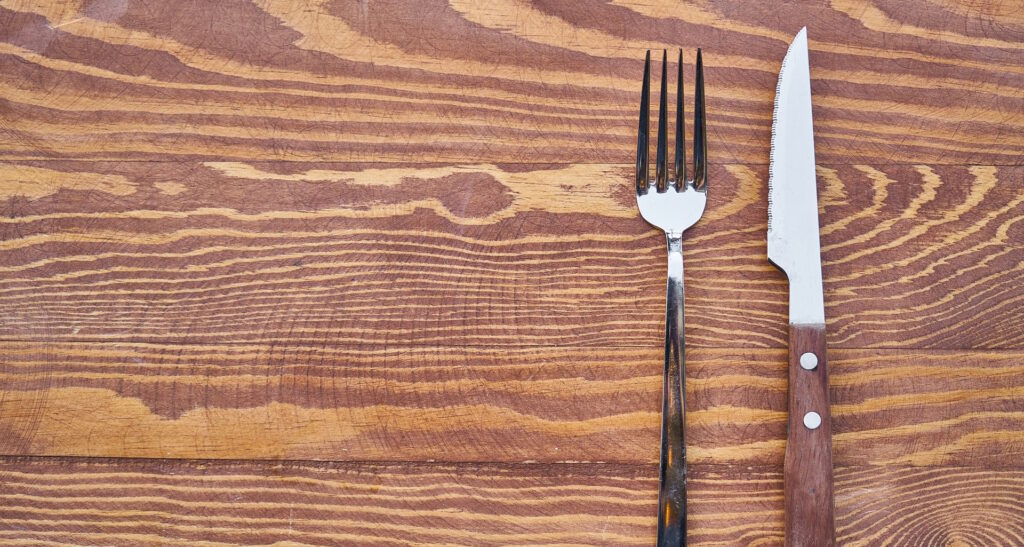
Sometimes, a food you think is your friend turns out to actually be harming your health. Knowing what your true food allies are isn’t always easy, when much of the interaction occurs between your body’s cells over a period of days to weeks. To shine light on what’s happening with different foods in the darkest reaches of your digestive and circulatory systems, elimination diets are the gold standard.
What is an elimination diet?
An elimination diet aims to remove any potentially problematic foods from your meals and snacks for a long enough period of time to stop any health issues caused by food. Once all symptoms related to foods have cleared your body, then individual food groups are slowly reintroduced to the diet. Careful observation of any symptoms that subsequently arise can provide insight into which foods may be triggering allergies, intolerances, or sensitivities.
Strict adherence to 100% elimination of each food is required for the test to provide clear, actionable results. Always check food labels for any hidden ingredients that you might not otherwise expect. Sauces and any processed foods that come in boxes or cans are common culprits for containing problematic ingredients, like corn, eggs, or added sugars.
Identify your test foods
Knowing for certain whether a specific food category bothers your system requires testing each one independently from any others. Are you mostly suspicious of one food, or a few? Or are you completely uncertain where mysterious ailments like headaches, lethargy, or skin rashes are stemming from? If you are unsure which foods are problematic, then I recommend removing the most common culprits first, and also including foods that you think could be causing problems.
The top most problematic foods that I recommend for exclusion in most elimination diets include dairy and gluten. Corn, soy, eggs and nuts can be added to get a clearer picture. I also take my patients off caffeine, alcohol, and sugar so we can really see what is going on in their bodies. Processed foods should also be eliminated to preclude any irritations that may be caused by industrial chemicals, such as preservatives, artificial colorings, or plastics.
How long does it take?
The initial elimination period, where all potentially troublesome foods are completely avoided, should last a minimum of three weeks, and 28 days is ideal. After that, plan for about one week of testing per food group. When reintroducing a new food, make sure to keep the rest of your eating the same and only reintroduce one food at a time. Eat two servings of that food for three consecutive days, and observe how you feel for two days after to see if any symptoms arise. If at any time you notice your symptoms return, stop the food and let your symptoms resolve before reintroducing another food.
Take notes throughout the process to capture any changes that could mean the food is causing your problems: energy levels at different times of day, body weight, skin condition, headaches, arthritis, stomach bloating, quality and frequency of your stool, sleep quality, mood, and anything else that you notice.
After completing a week of testing on one food, remove that food group again entirely before starting the next food. Repeat the same process for the following week and each week thereafter, until you have tested all questionable foods on your list. When reintroducing foods, it’s best to start with foods that you don’t think you have problems with. After doing an elimination diet this becomes clearer as you learn to pay attention to subtle signs your body tells you when something doesn’t agree with it.
Which foods can I eat during the diet?
Some foods almost never cause an adverse reaction in most people and are generally considered fair game during an elimination diet. Of course, stay hydrated with plenty of filtered or spring water. Leafy greens, low-mercury wild fish, and fresh, organic whole fruits and vegetables are generally safe, but you may have more or less flexibility depending on the specifics of your elimination diet testing. Proper preparation of certain foods, such as soaking beans and grains, can inactivate their sometimes troubling compounds and render them safe for an elimination diet.
Next steps?
If you notice that a food caused you problems upon reintroduction, then remove that food entirely from your diet for a minimum of 6 months while you heal your gut. During this time it is important that you eat a wide variety of foods. Eating one certain food every day can cause you to become sensitive to that food while your gut is healing. This is a very important step to preventing future food sensitivities. It’s not uncommon that people remove foods they are sensitive to and later become sensitive to the new foods that they then start to consume frequently.
After you have identified which specific food groups are likely causing trouble for your body, the next step is to create a nutritional plan to ensure that you are getting all the key nutrients necessary for optimal health and vitality. Due to the nutritional deficiencies that can arise from entirely removing food categories with incomplete or improper planning, it’s highly recommended to work with your healthcare provider and/or nutritionist to make sure that your nutritional needs are met, both during and after the test diet period. Together, we can think through and lay out a process for grocery shopping, cooking, restaurant dining, celebrations, snacking, and everything in between that keeps you feeling your best.
If you have any questions about whether an elimination diet might be beneficial to your health, please feel free to call my office to schedule a consultation.
Learn more: Are food sensitivities causing your health problems?



